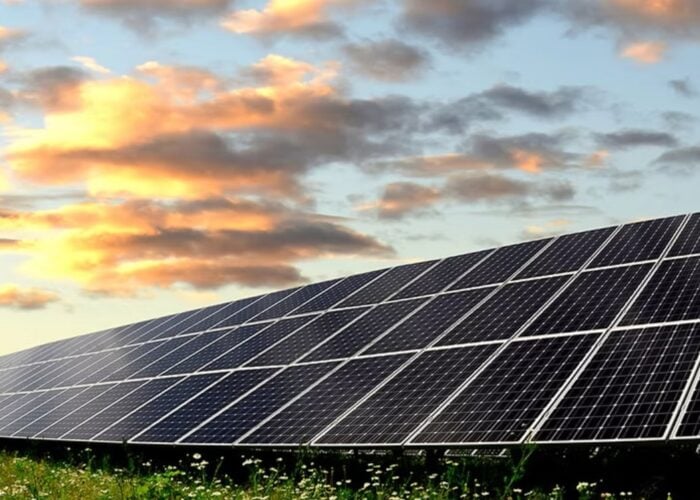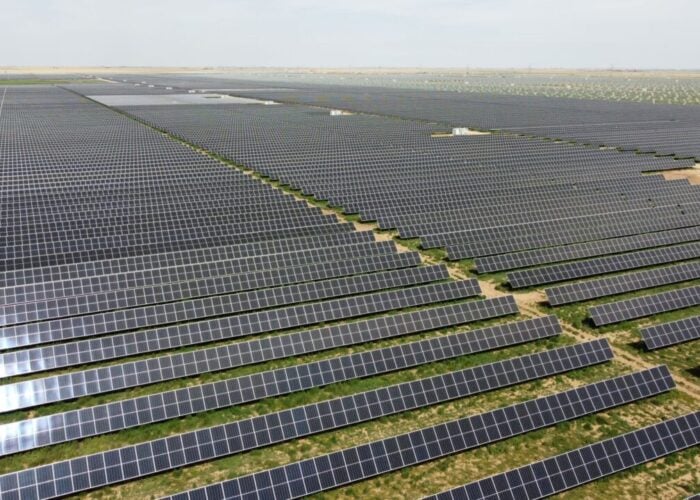
Top Latin American and Caribbean states have vowed to drive together a renewable boom, laying the groundwork for the roll-out of gigawatts of new solar over the coming decade.
On Tuesday, ten of the region’s national governments used the annual UN climate talks in Madrid to rubberstamp an agreement to ensure an average 70% share of installed energy capacity comes from renewables by 2030.
Unlock unlimited access for 12 whole months of distinctive global analysis
Photovoltaics International is now included.
- Regular insight and analysis of the industry’s biggest developments
- In-depth interviews with the industry’s leading figures
- Unlimited digital access to the PV Tech Power journal catalogue
- Unlimited digital access to the Photovoltaics International journal catalogue
- Access to more than 1,000 technical papers
- Discounts on Solar Media’s portfolio of events, in-person and virtual
Or continue reading this article for free
The deal, signed on COP25’s Energy Day, was steered by Chile and Colombia but also subscribed by fellow states in South America (Ecuador, Paraguay, Peru), Central America (Costa Rica, Guatemala, Honduras) and the Caribbean (Dominican Republic, Haiti).
The shared statement did not specify how much of the 70% target will be covered by solar, wind and other technologies. It did, however, offer estimates suggesting that hitting the goal by 2030 would see all 10 countries host a combined 312GW of renewables by that year.
The joint push is being helped along by global renewable experts, including the International Renewable Energy Agency, Latin American energy association OLADE and US federal green energy research body NREL. All three have offered data and “discussion platforms”, the statement said.
Juan Carlos Jobet, Chile’s energy minister, billed the initiative as a “regional contribution to the global problem” of climate change. Latin America and the Caribbean must act, he said, as their solid renewable resources come alongside their vulnerability to global warming.
Year of solar milestones for LatAm frontrunners
Whether the 10-strong alliance will succeed with its 70%-by-2030 renewable ambitions hinges on progress at a national level. Chile has, for one, hit its own goals ahead of schedule thanks in part to a bullish solar scene around the Atacama Desert. Its coal-to-renewable shift looks set to add to the numbers.
Where Chile boasted a 2GW-plus PV ecosystem in 2018, Colombia had rolled out some 50MW at the same count. Bogotá looks, however, set to catch up after its 1.3GW first renewable tender this year and the utility-scale PV moves by Celsia and Cubico (400MW) and Diverxia (240MWp).
As Colombian Energy minister María Fernanda Suárez noted this week, the renewable target the country has set for 2022 – 2.5GW – will require a 50-fold surge on 2018 figures. Approached for a PV Tech Power feature this year, PV players were optimistic of the government’s odds of success.
Others in the 10-strong alliance are too working to lay the groundwork for solar growth. Neoen, Solarpack, Total Eren and EDP are among the finalist bidders to deliver Ecuador’s first utility-scale PV plant, a 200MW project in the Manabí Province that is due to pick a winner by April 2020.
Across Ecuador’s southern borders, Peru launched this year preparatory works for a 500MW PV scheme by Kallpa Generación. For its part, the Dominican Republic has seen work on various large projects, including AES Dominicana’s 58MW and Natural World Energy Corporation's 100MW.
PV strides are also being made across the Latin American states staying out for now of the new alliance. Brazil is attracting major foreign interest, while both Mexico and Argentina are witnessing utility-scale progress despite policy setbacks.
The prospects and challenges of Latin American solar and storage will take centre stage at Solar Media's Energy Storage Latin America, to be held in Colombia on 28-29 April 2020.







